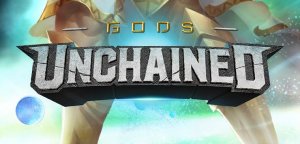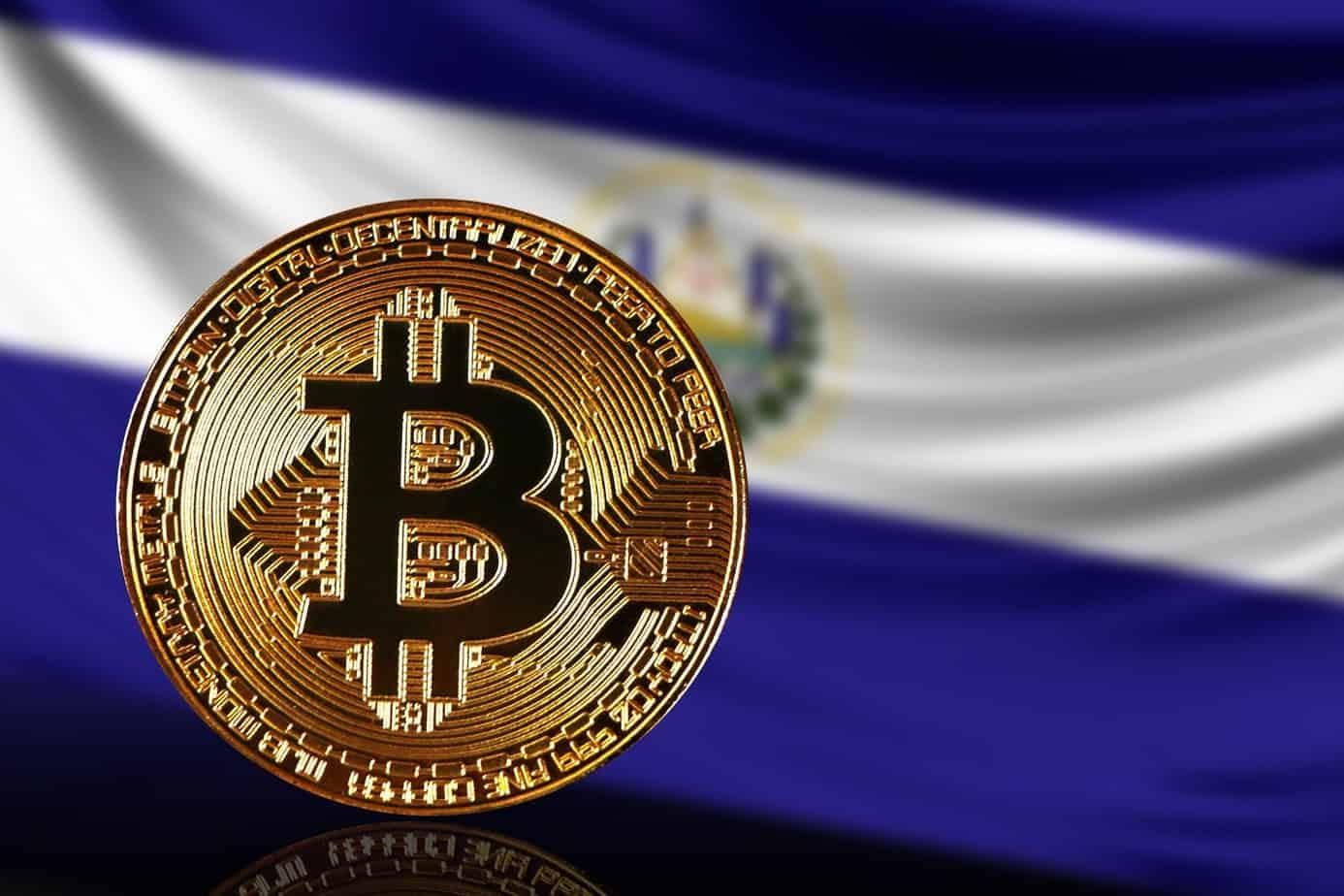2018-7-13 20:06 |
Devslopes Releases 6 Part Video Series “Beginner Blockchain & Architecture”
Blockchain coders are currently in high demand, a situation that’s unlikely to change any time soon. Business and other analysts are heralding the advent of blockchain, and rightly so. It could well prove to be the most liberating and important shift in human behavior of the century.
Although there are thousands upon thousands of vacancies already posted for blockchain developers, this may just be the tip of the iceberg. As a new and better technology, or way of doing things, blockchain is probably only really comparable to the internet in its potential reach. That said, the internet hasn’t a hope of touching every life on earth the way blockchain can.
So what is a blockchain? What is or decentralized ledger technology? It is basically a transacting, recording, storing and reporting protocol that allows for wholesale public access, while at the same time eliminating any security risks.
Because those two points together are so cheeky, especially for older generations to imagine, it can take a moment for some to really get their heads around the notion. Blockchain is a digital, not paper ledger that doesn’t have to be guarded by the lady in accounting or locked away in a safe. Yet it is safer than accounting ladies or ironclad vaults.
The Technical VersionBlockchains can’t be viewed lying around an office. They are not physical devices and neither are cryptocurrencies – the most visible application of blockchain – physical coins. Newcomers need to understand that the world really is digitizing.
Digital protocols and assets have become “things” but they are not physical things. Blockchain is code, written software, an app; and the way that coders write blockchain is what makes it unique. Its architecture is code with some important components that make all the difference in the world.
Blockchain is also inescapably a human behavior, a different way of doing things. Forget talking android devices or supercomputers capable of tracking space probes. After decades of the IT world, blockchain is probably the most world-changing application to ever come out of IT’s realm.
Blockchain coders employ a few common protocols to make blockchains what they are. At their heart sit three things that encapsulate the decentralized ledger, another name for blockchain technology. The technology trades on smart contracts, cryptography and Merkle trees. There’s more to it, as any coder can attest, but blockchain wouldn’t be blockchain without these three aspects.
Blockchain’s Three Defining CharacteristicsA smart contract is the essence of what enables a ledger to decentralize. Within blockchain, smart contracts are basically first-step constructs that lie “waiting” for a matching component that will “sign” and seal the contract. The beauty of it is that smart contracts are not open to manipulation or fraud and nothing but the correct encoded input can sign a contract.
In other words, smart contracts are what make the decentralized ledger immutable. It’s a shift in imagination, but blockchain is both incorruptible and decentralized. No one polices it as a central authority, there are no final adjudicators, and no one can influence anyone else’s blockchain participation. In a coup for computing science, it eliminated the middleman with the decentralized ledger.
That middleman sits in the smart contract. Unlike a human prone to error or personal indulgence, the “policeman” in blockchain is simply the coded smart contract. It doesn’t accept any other signature but a true and honest one. In other words, transactions cannot be logged on a decentralized ledger if they are fraudulent in any way.
In a nutshell, 2 + 2 cannot equal 3 or 5 on blockchain. A transaction adds up purely and mathematically correctly or it doesn’t get onto the chain. Both the smart contract component and the overall architecture make for a trustless system. No authority needed.
The cryptography at play is also a critical component. Bringing it down to basics, because of blockchain’s cryptographic component, many previously fiercely guarded things can be seen by millions of others on the chain. Another shift in thinking, this is all OK, because whatever needs to be invisible is invisible. And there is no access to theft or corruption through the visible details on the blockchain.
Only the correct user who made that transaction and is now logging it can generate the other half of what the smart contract needs to open, sign and seal. There is only one way to build this chain of data blocks, and that is the right way. This is why a decentralized ledger can be and indeed is viewed and validated by millions of others. There is no risk of misidentification, deceit or outright fraud on a blockchain ledger.
The other critical technical component of blockchain technology is something called a Merkle tree. Also known as hash trees, these are in fact a patented computing technology stemming from the 1970s. Presenting graphically as a large branching tree, this construct accommodates the potentially massive amount of data coming onto a blockchain. The Merkle tree is the architecture that allows a blockchain to both handle potentially infinite amounts of data while maintaining its integrity.
It is a way of managing and storing incoming data absolutely perfectly, as again the stem, branches and leaves of a Merkle tree are all interconnected and only hang together one right way. Importantly, a user can view only a section snapshot of the tree but can still identify a host of other interconnected data in so doing.
All three of these components are critical as the chain can’t exist if any one of them is taken out of the build. A blockchain will employ a certain algorithm with which a computer “hashes” many times a second to “unlock” (validate) others’ transactions. Other people confirm what a user has submitted to the chain. And they do so because they are paid for the service. This is the currently much-publicized “mining” constantly referred to on cryptocurrency blockchains.
Here's the 6 Part Video Blockchain Beginner's Video Series: Part 1: What The Heck is Blockchain? Part 2: The History of Money & Advent of Crypto Part 3: Blockchain: Current & Future Potential Part 4: What is an ICO & Can I Make My Own? Part 5: Crypto & Blockchain: Technical Overview Part 6: What Does It Mean To Be a Blockchain Developer? The Current And Future Potential Of BlockchainForgetting for a moment the new kid on the block, cryptocurrencies, blockchain has massive further application. Banks are currently some of those keenest to patent blockchains, but beyond them sit massive industries like healthcare and logistics. The reality is that any business from startup to giant multinational stands to gain in efficiencies and cost-savings from blockchain technology.
Blockchain eliminates any concern around the legitimacy or security of a transaction. The smart contracts point in one direction only. Traffic on a blockchain only moves one, correct way. Cryptographic application ensures that even though everyone else can see everyone else on the highway, no one can negatively impact anyone else. And Merkle trees cope with whatever is thrown at them quickly and correctly, maintaining integrity and the perfect inner architecture.
There have been multi-party blockchain transactions involving dozens of countries across the globe, as well as healthcare builds that stand to revolutionize data management in that industry. Global shipping and logistics has also has several use cases where dramatic savings in cost, efficiency and time have shown their potential to liberate the industry.
In a very real sense, blockchain’s efficiencies and betterment of human behavior has the potential to impact every person alive. If someone in a remote jungle is buying supplies that are shipped or otherwise manufactured and handled, they might start paying a lot less really soon. Blockchain technology is also enabling the current rise of renting out computing power. In essence, a blockchain is like a decentralized supercomputer that trades on PCs across the globe.
origin »High Performance Blockchain (HPB) íà Currencies.ru
|
|















